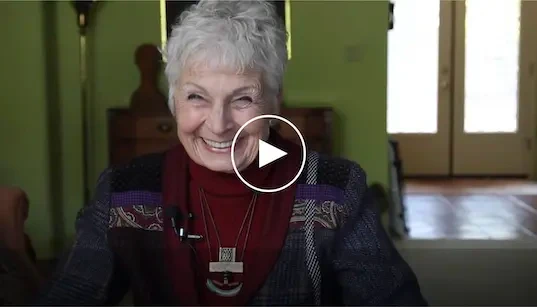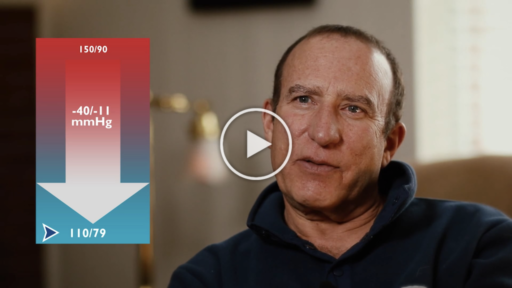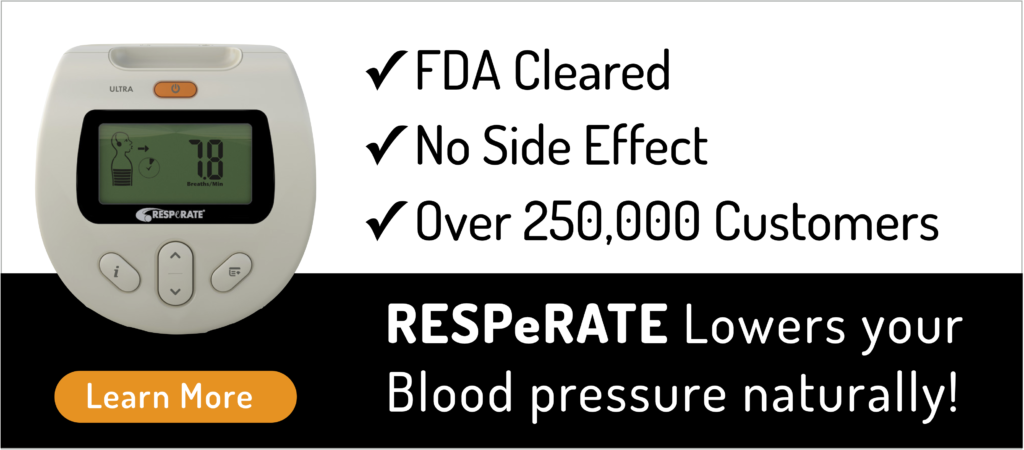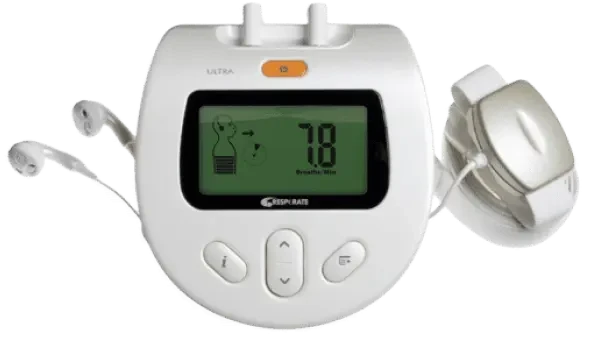Can you detect or feel high blood pressure symptoms or signs?
Known as the “silent killer”, high blood pressure symptoms are almost not presents. For me, I was more fortunate. I experienced 4 days of pounding headaches and in the end chest pain. At this point, it was time to check my blood pressure. Earlier in the week, our family physician wrote a prescription for a home blood pressure machine. Taking the device to the kitchen table I proceeded to check my blood pressure. The reading was 189/109 and my heart rate was 108. This was a hypertensive crisis. My suggestion is: do not wait for 4 days.
I am not an alarmist. I tend to take things in stride but not so with my wife. She is a more “take the bull by the horns” type of girl. So she called my sister-in-law who is a cardiac registered nurse. Needless to say, I ended up at my physicians’ office and then in the emergency room. It was in the emergency room where the mad dash of people around me began.
The cardiologist on duty showed up and in between the blood tests to see if I was having a heart attack, and the nuclear study to ensure I was not having an aortic aneurysm, there were the pills to swallow. Did I mention I hate taking medication? The point of all this is to tell you, that not everyone is so lucky to get a warning. So let’s take a look at some of the relevant high blood pressure symptoms, signs and complications.
That was the situation I had found myself three years ago. Today thankfully with lifestyle modification and RESPeRATE use my blood pressure is usually in the 120s/60s
Signs or symptoms of high blood pressure?
Before looking at the signs and symptoms we have to look at the definition. What is the difference between them? A symptom is any subjective evidence of disease, while a sign is any objective evidence of disease. Therefore, a symptom is a phenomenon that is experienced by the individual affected by the disease, while a sign is a phenomenon that can be detected by someone other than the individual affected by the disease. For example, my headaches were a feeling I had (Subjective) while measuring my blood pressure, was a sign (Objective), a big and clear sign.
Recently you’ve been suffering from more headaches, sweating, and nervousness? Could these be high blood pressure symptoms?
What about the facial flushing? Or the blood spots that have suddenly appeared in front of your eyes?
It’s all been starting to get you worried that you’re going to die of a heart attack sometime soon!
It is true that having high blood pressure is a health concern. High blood pressure (also known as hypertension) can lead to cardiovascular problems – namely heart disease, which can lead to heart attack and stroke.
So, let’s get the myths and facts cleared up
Myths and Truths About High Blood Pressure Symptoms
Myth: Headaches cause high blood pressure
Truth: When evaluating large population studies, researchers have seen an association between high blood pressure and headache, especially high systolic blood pressure (the top number).
However, the American Heart Association very clearly states that headaches do not cause high blood pressure, which means having a headache is not a symptom of high blood pressure.
The only case where high blood pressure and severe headache may be more closely connected is during a hypertensive crisis (blood pressure levels above 180 systolic/ 110 diastolic).
Myth: Facial flushing is a symptom of high blood pressure
Truth: Facial flushing is not a symptom of high blood pressure but can be caused by any number of reasons:
- An acute stress reaction
- A panic attack
- Heat exposure
- Physical exertion
- Hormones
- Alcohol intake
- Emotional upset like anger or stress
- Skin conditions that produce broken blood vessels such as rosacea
Of course, that doesn’t mean you can’t have facial flushing if you have high blood pressure, but cardiologist Professor Garry Jennings says that most people don’t.
Myth: Blood spots in the eyes are a symptom of high blood pressure
Truth: Because there are delicate blood vessels that supply oxygen and nutrients to keep your eyes healthy, high blood pressure can damage the eyes.
Blood spots are more common in people with high blood pressure, and in people with diabetes. However, they are not a symptom of high blood pressure.
If you notice any blood spots, floaters or vision loss, you should consult an optometrist for an eye check.
Myth: Nosebleeds are a symptom of high blood pressure
Truth: Hypertensive crisis could cause the sudden onset of nosebleeds. However, in general, nosebleeds are not a symptom of high blood pressure.
- Nosebleeds may also be due to:
- Nasal irritation or dryness
- Nasal polyps
- Acute stress reactions
- Medication reactions
- Trauma or injury
If you have frequent nosebleeds, please consult your doctor.
Myth: Anxiety, nervousness, and sweating are high blood pressure symptoms
Truth: In a stress or anxious situation, the body reacts in any number of ways:
- Shortness of breath
- Dizziness
- Increased body heat
- Sweating
- Sense of doom
- Facial flushing
These symptoms may be more obvious during a hypertensive crisis, but in terms of generally high blood pressure levels, these are not symptoms.
Myth: Chest pain is a high blood pressure symptom
Truth: Chest pain could be a symptom of a heart problem, so it certainly is not something you should ignore. And during a hypertensive crisis, some chest pain could be present. However, in general, chest pain is not a symptom of high blood pressure.
The True Facts About High Blood Pressure Symptoms
While you may read various things online, according to the American Heart Association, there are often NO high blood pressure symptoms!
That’s why it’s called the silent killer!
In most cases, you will have no symptoms, which means you could be walking around for years with high blood pressure and you won’t even know.
The only true way to tell if you have high blood pressure is to have your blood pressure tested. You can visit a physician to have tests done, and for an official diagnosis. But you can also purchase home blood pressure monitors.
Another alternative is to visit the pharmacy, as they often have a monitor for public use.
However, a word of caution here.
Blood pressure can sometimes be higher-than-normal (in the pre-hypertensive range, or low high blood pressure range) due to physical activity, stress, lack of sleep or even illness.
You may even get what’s called ‘white coat syndrome.’ Or in other words, nervousness and anxiety when you visit the doctor and this can raise blood pressure.
That’s doesn’t necessarily mean you have a high blood pressure problem. Because issues like this are transient (temporary) – meaning, your blood pressure will go down again.
If there is a question that high blood pressure could be a problem, it’s recommended to check blood pressure regularly and record your levels at different time intervals and on different days so you can get a clearer picture and determine if you may have pre-hypertension or hypertension.
Of course, if your blood pressure is definitely in the higher ranges (stage 1 or 2), the doctor will diagnose you with high blood pressure right away and provide treatment without delay. They will most often recommend both lifestyle changes and medications that can help lower your blood pressure levels.
How often should you have blood pressure checked?
Cardiologist Professor Garry Jennings recommends all adults are checked at least every two years.
Since high blood pressure has no symptoms, it can be there for years causing stress on the heart and blood vessels and this is what increases your risk of fatty deposits, blockages in the arteries, and risk of heart attack and stroke.
Blood pressure is more likely to slowly increase over years rather than go up suddenly. But a key factor in treating high blood pressure successfully and avoiding damage to the heart and blood vessels is to start treating it early.
Treatment for high blood pressure
If you are diagnosed with high blood pressure, your physician may recommend medication. It is also recommended to implement lifestyle changes as well.
Medications for high blood pressure
Commonly prescribed medications include:
- Beta-blockers
- Ace inhibitors
- Calcium channel blockers
Read more information about medications.
And just to clarify a common question: blood pressure medications are not over-the-counter medicines, they are prescription medications ordered by your physician.
Lifestyle strategies for high blood pressure
- Change your diet
- Lose some weight
- Exercise more
- Balance sodium and potassium
- Breathe deeper
Find more details on these strategies over here.
Understand your risk factors
Risk factors for high blood pressure include:
- Obesity
- Family history
- Unhealthy diet
- Sedentary lifestyle
- Excessive alcohol intake
- Sleep apnea
- High cholesterol
- Diabetes
- Smoking
- Stress – as it provokes unhealthy behaviors
- Age – the older you are, the higher the risk
- Gender (until age 64, men are at higher risk, 65 and up, women are more at risk)
- Ethnicity – African-Americans tend to be at higher risk
- Chronic kidney disease
As you can see, many things on the list above are “modifiable” risk factors, which means you can be proactive and reduce your risk of high blood pressure.
Take your blood pressure seriously – it can be a killer, and strike silently!
Remember to get a checkup at regular intervals. Only your physician, physician assistant, or nurse practitioner can make a diagnosis of high blood pressure. Pay attention to any high blood pressure symptoms or signs. If you are on medication and are experiencing side effects call your physician immediately and discuss the situation with them. Do not abruptly stop your medication unless advised by your healthcare provider.

 Eli Ben-Yehuda
Eli Ben-Yehuda 















 Download Brochure
Download Brochure
Comments
One Reply to “Cutting Through the Confusion: The Truth About Hypertension Symptoms”
Indeed facial flushing is a sign one has blood pressure..